The Japanese diet is an ideal way to reduce body size and lose weight evenly, improving overall health.
How to lose weight profitably: Japanese diet
The Japanese method helps to improve all metabolic processes in the body, and the results achieved remain stable for many years, naturally, if you monitor your eating behavior and avoid excess calories. Japanese girls hardlySometimes they are overweight.
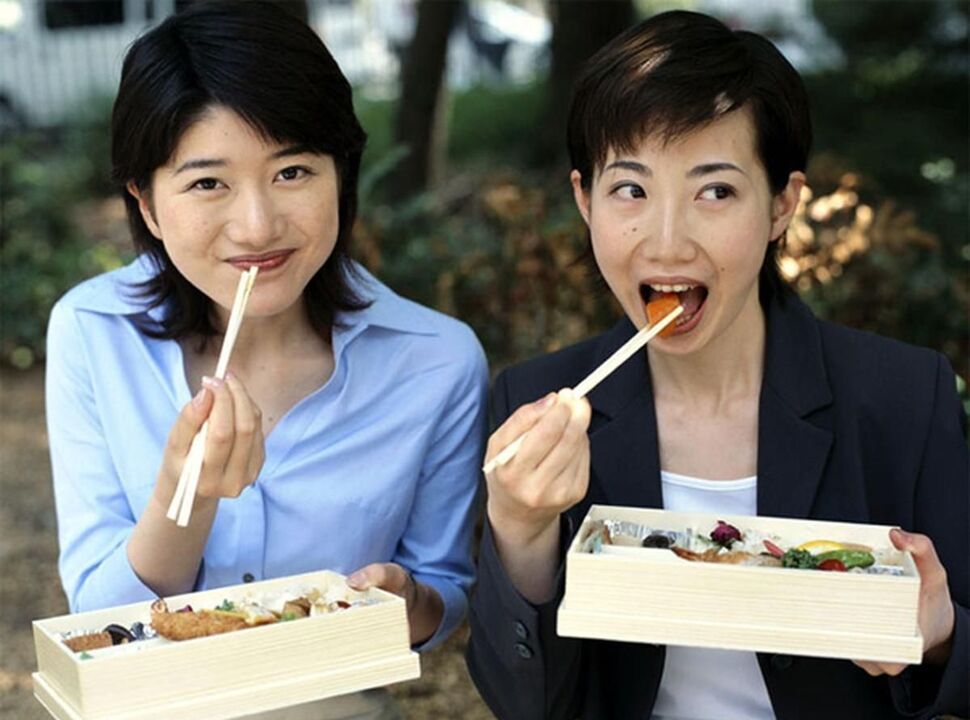
Many Asian girls have a slim figure, the key to slimness is nutrition. The Japanese diet is a salt-free and low-carbohydrate nutrition system, thanks to which not only fat is eliminated, but also excess fluid, toxins and waste. Let's go.
Benefits of Japanese Diet:
- If all the rules are followed, rapid weight loss is guaranteed;
- The risk of regaining lost kilograms is reduced (later with balanced nutrition);
- The diet includes cheap and accessible products;
- Preparation does not require much time, all recipes are simple;
- Suitable for athletes who want to dry their body;
- According to some doctors, diet helps in reducing cholesterol.
Thanks to the Japanese diet, you can lose 10-15 kg
This is possible only if you strictly follow the diet prescribed by the system. Moreover, it is advisable to keep the initial weight in mind; The larger it is, the more noticeable the plumb will be.
Who is this diet suitable for?
Despite the effectiveness of the Japanese food system, it is considered complex and difficult, so not everyone can cope with it. The Japanese food system requires strict discipline and organization from the individual. The Japanese diet is not suitable for every woman- This must be taken into account.
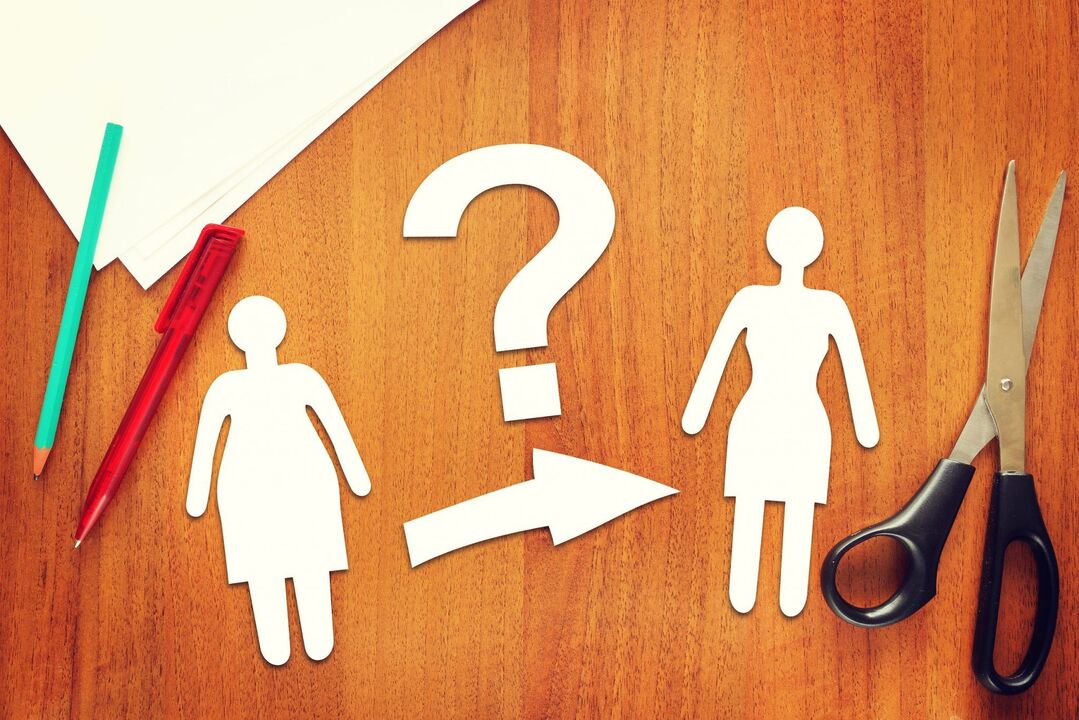
The diet is suitable for people:
- actually overweight;
- Not in the habit of having a heavy breakfast;
- Not losing encouragement and motivation quickly;
- Not having any health problems.
The positive effect of the diet is that in 14 days you can not only lose weight, but also change your eating habits. Many people who are on a diet find it difficult to drink tea and coffee without sugar even after leaving the diet. After giving up sugar and salt, many people start understanding the real taste of foods, so the consumption of these products reduces even more.
Important! If the thought of a breakfast consisting of a cup of coffee causes confusion, then such a nutrition system is not suitable. It is wise to look for other weight loss systems. The diet provided by the system should provide pleasure and not painful punishment. Supplier.
Features and conditions of the Japanese diet
If a person who has decided to lose weight can easily give up salt, but still has any health problems, it is wise to consult a medical representative.
Comment! It is recommended to eat a light and low-calorie diet for several days immediately before starting the diet.
Basic diet rules:
- Drink still water in quantities of at least 2 litres;
- Exclude alcohol, flour, fatty and sweet foods from the menu;
- Recommended serving size – 200 grams;
- Any breakfast is prohibited;
- It is recommended that dishes be freshly prepared;
- It is not recommended to eat sweet fruits;
- Tomato juice should be salt free.
Record your weight loss results
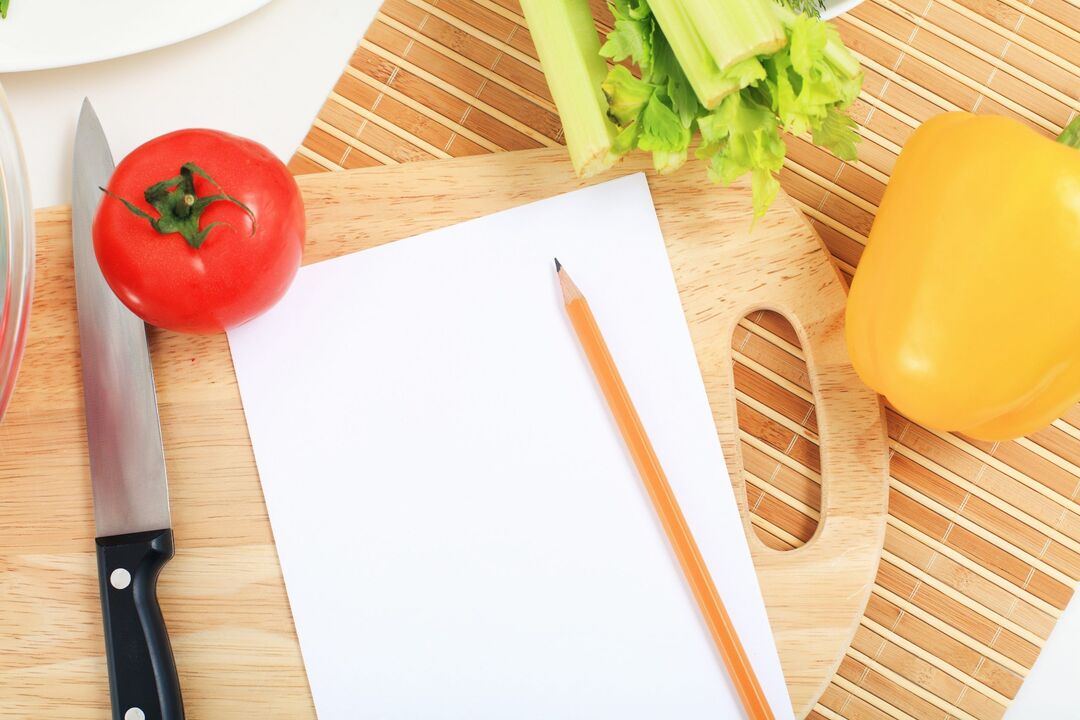
Basic diet products:
- thin flesh;
- fish;
- eggs;
- non-starchy vegetables;
- unrefined sunflower oil;
- tomato juice;
- Low-fat kefir.
An undoubted advantage of the diet is the availability of products, but if 2 weeks of such nutrition is given with special effort and difficulty, it is more prudent to limit yourself to only 1 week.
Contraindications to Japanese diet
Nutritionists strongly recommend using the 2-week method especially for young people who do not have any health problems.
Difference:
- puberty,
- pregnancy,
- breastfeeding period,
- diabetes,
- menopause,
- gastritis,
- hepatitis,
- cholecystitis,

- cholelithiasis,
- high blood pressure,
- kidney problems,
- neurological diseases,
- viral infections,
- inflammatory processes,
- stomach diseases,
- sexual disease,
- AIDS.
The diet prescribes the consumption of natural coffee almost daily on an empty stomach. If there are any problems or abnormalities in the functioning of the digestive organs, coffee in this case will not have a healing effect, so it is better to consider a different nutritional system.
Japanese salt-free diet for 14 days. Menu table
The detailed menu of each day is presented in the table.
| Day | Eat | Cooking |
| number 1: | Breakfast: | Tea or coffee (of course, without sugar); |
| dinner: | Boiled eggs (2 pcs. ), cabbage salad, seasoned with 1 tsp. oil; | |
| dinner: | Boiled fish fillets. | |
| number 2: | Breakfast: | Tea or coffee + bread; |
| dinner: | Fish fillet + vegetable salad; | |
| dinner: | Boiled beef (up to 100 g), kefir (200 g). | |
| No. 3: | Breakfast: | Tea or coffee, bread; |
| dinner: | Zucchini fried in oil; | |
| dinner: | Eggs (2 pcs. ), beef (up to 200 g), cabbage salad. | |
| Number 4: | Breakfast: | tea or coffee; |
| dinner: | Boiled carrots, 15-20 grams. Cheese, egg (raw); | |
| dinner: | Apple. | |
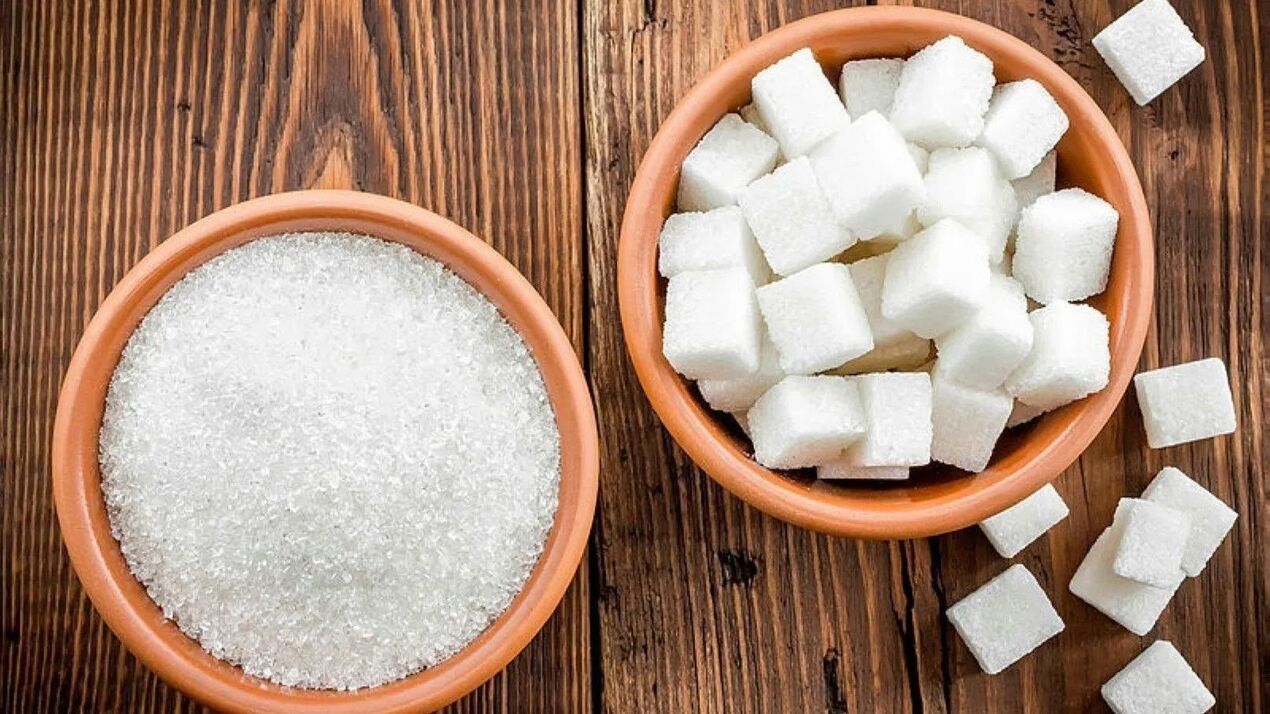 |
||
| Number five: | Breakfast: | Grated carrots + lemon juice; |
| dinner: | Tomato juice + fish fillet, | |
| dinner: | Without sweet fruits. | |
| Number 6: | Breakfast: | tea or coffee; |
| dinner: | Boiled chicken (1/2 part), cabbage or carrot salad; | |
| dinner: | 2 eggs, salad. | |
| Number 7: | Breakfast: | Tea; |
| dinner: | Boiled veal, large apples; | |
| dinner: | No changes in dinner, except on the third day. | |
| Number 8: | Breakfast: | tea or coffee; |
| dinner: | chicken salad; | |
| dinner: | 1-2 eggs, carrot salad dressed with lemon juice. | |
| number nine: | Breakfast: | Carrot; |
| dinner: | Fish + tomato juice; | |
| dinner: | Fruit. | |
| Number 10: | Breakfast: | Tea, coffee to choose from; |
| dinner: | Carrot, 15-20 grams. Cheese, raw egg; | |
| dinner: | 2 unsweetened apples. | |
| Number 11: | Breakfast: | bread, coffee; |
| dinner: | Fried zucchini; | |
| dinner: | 2 eggs, boiled veal, salad. | |
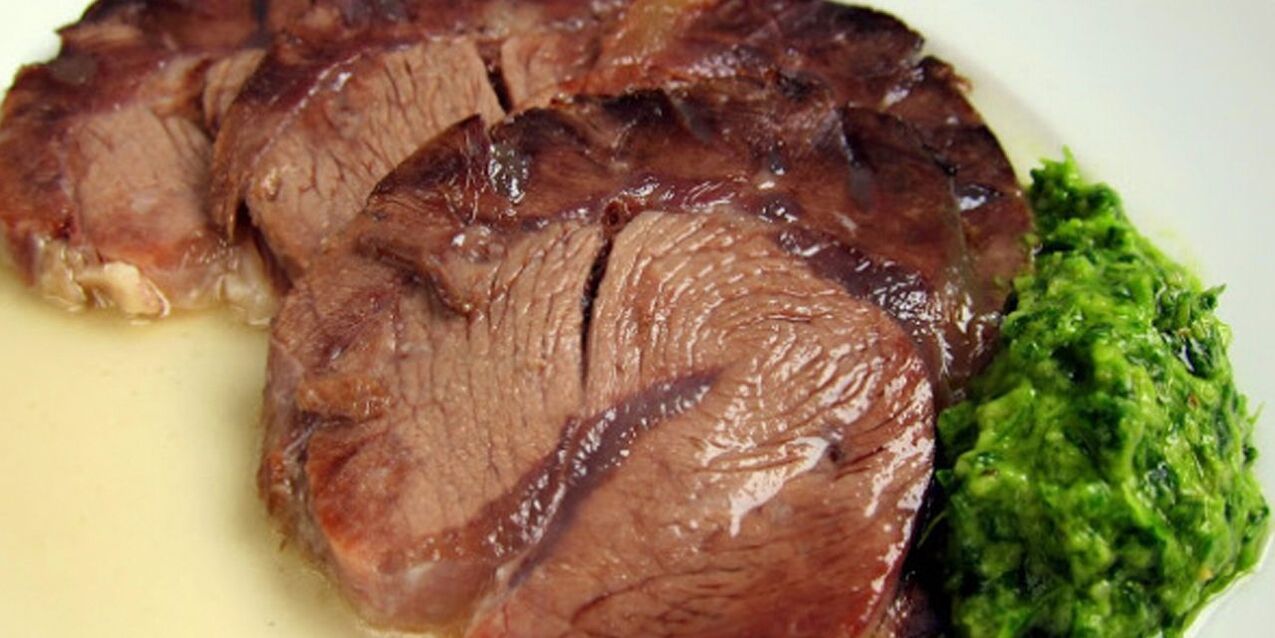 |
||
| Number 12: | Breakfast: | Coffee, bread; |
| dinner: | Fish, salad; | |
| dinner: | Kefir, beef 120 gr. | |
| Number 13: | Breakfast: | coffee; |
| dinner: | Eggs (2 pcs. ), cabbage salad, tomato juice; | |
| dinner: | fish. | |
| Number 14: | Breakfast: | coffee; |
| dinner: | Boiled fish, cabbage; | |
| dinner: | Kefir, 200 gr. Boiled veal. | |
The main form of meat processing is cooking. However, do not get carried away, stick to the diet plan.
Exit Japanese Diet (Menu Example)
You need to exit the diet smoothly, gradually increasing portions and adding foods. To consolidate the results, it is important to choose light meals throughout the week. Only under this condition the lost kilograms will not return. .
When the diet is over, you should eat at least 4-5 times a day for about a week.
Comment! Skipping the diet incorrectly can result in stomach pain and cramps, so it's important to eat in moderation, avoiding foods that are harmful to your figure. Dried fruits are an acceptable snack in the Japanese diet.
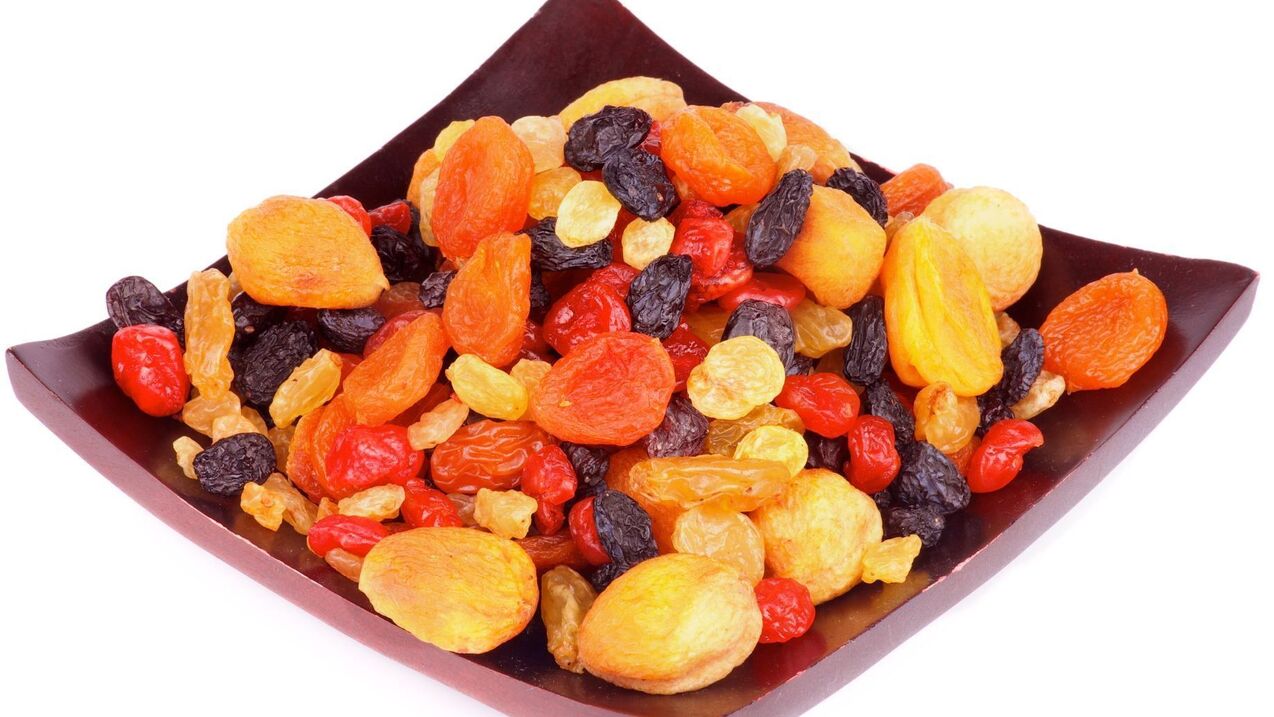
Menu (approximate):
- For breakfast you can eat a small portion of oatmeal porridge, drink a cup of unsweetened tea;
- It is recommended to eat dried fruits or 30 grams of nuts for breakfast;
- For lunch, a small plate of buckwheat or rice + a moderate amount of dietary meat or fish is acceptable;
- Ryazhenka or kefir is allowed for an afternoon snack;
- For dinner, boiled potatoes without oil are allowed;
- Late dinner – a glass of milk.
Is it possible to extend the Japanese diet by a month?
There are many variations of the Japanese nutritional system, but its maximum duration should not last more than 2 weeks. Experts recommend repeating such a menu 2 or maximum 3 times a year.
How can you replace zucchini in the Japanese diet?
The diet includes a low-calorie product - zucchini, but not every person who is losing weight likes this vegetable, or due to certain circumstances it is not possible to get it. Zucchini or zucchini can be mixed with beets, cucumbers, pumpkin, eggplant, Can be replaced with cabbage or celery.
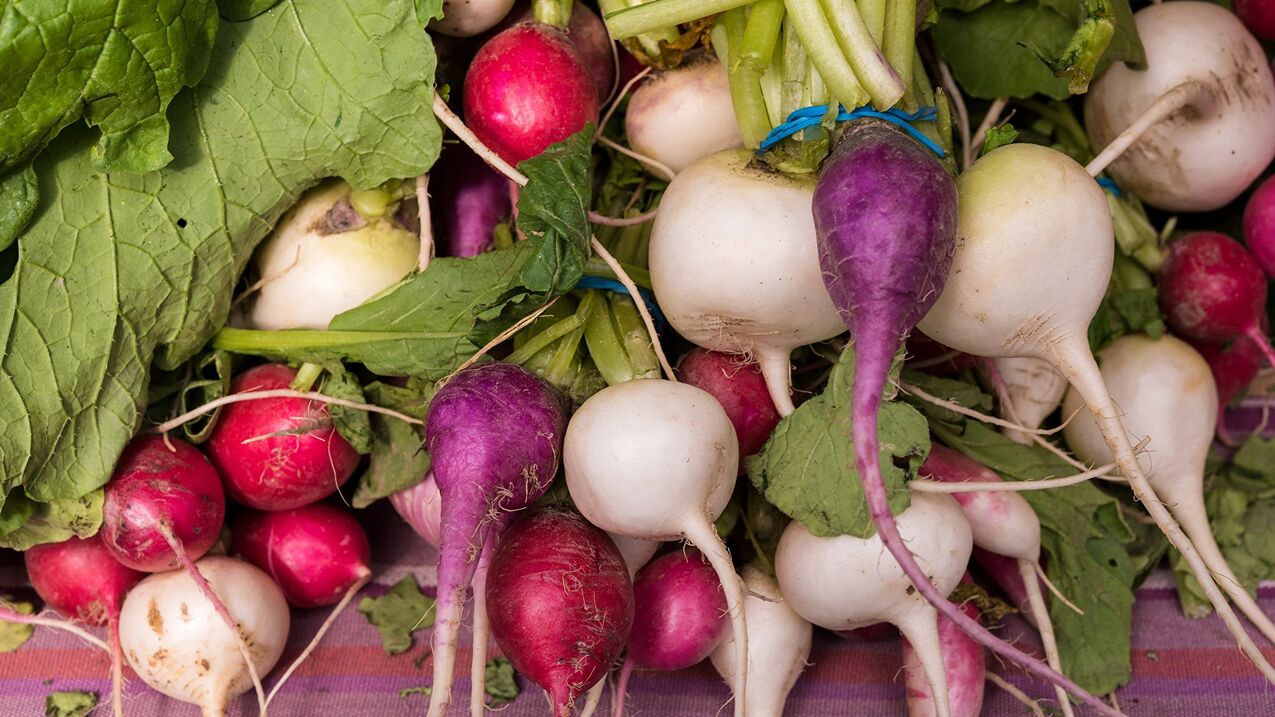
Some sources allow the use of squash caviar. Due to the fact that store-bought caviar contains products that are unacceptable for the Japanese food system (preservatives, salt, sugar), it is better to do without this product.
Japanese Rice Diet for 13 Days (Basic)
The basic Japanese rice diet involves eating raw rice in the morning. Raw rice can get rid of accumulated and rotten food residues in the intestines. Unleavened rice normalizes the functioning of the intestinal tract, thereby getting rid of excess subcutaneous fat. Helps in. Rice is a healthy grain
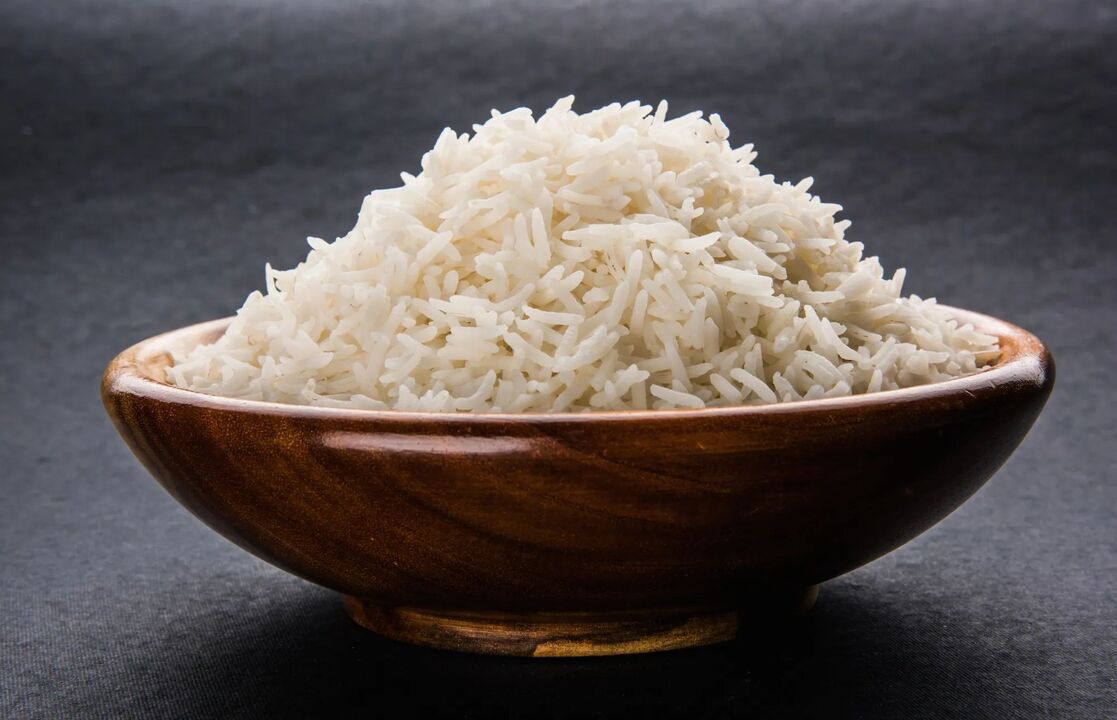
Before starting the diet, you need to prepare 4 identical containers, numbering them in advance. If you are a little overweight, 2 tablespoons of rice are enough; If your body mass index is high, the recommended amount is 3 tablespoons.
early stages:
- Put rice with 100 grams of water in the first container;
- Every other day, put the contents in 1 glass and add fresh water. Put rice in container number 2 and add water;
- On the third day, drain the first and second glasses of rice, wash and add water;
- The next day, put another portion of rice in glass number 3, fill it with water;
- A day later, strain the rice from 3 glasses and add liquid, add rice to the fourth glass and pour again;
- After the preparatory procedures, you need to eat rice (without water) from cup number 1 on an empty stomach.
- Further food consumption is not allowed before 2 hours of eating rice.
Comment! Prepare a light dinner of boiled rice to complete the diet and do not wash down the watery rice with anything.

Dinner and lunch should consist of light food, smoked foods, sweet, spicy, fatty and spicy foods are prohibited.
Alcohol is strictly prohibited during this technique!
After the container with rice number 1 is empty, you have to add another portion of rice to it. After this, the rice should be placed last, making this glass the fourth. In the next 12 days, you have to add water to the rice and eat it. , and the next portion of rice is to be soaked for 9 days.
With the help of rice soaked in water, you can become lighter by 2 kg in a week, but you should not abuse the raw product, it is recommended to resort to this method no more than 3 times a year.
Japanese diet (original) for 7 days, sample menu
To achieve maximum effect, it is important not to break your diet, not change meals or change the order of days. To avoid breaks, it is better to find something exciting to do: watch interesting programs, read books, take a walk. Go - such behavior will help take your mind off thoughts related to food. It is quite possible to read an interesting book in the fresh air.

Before switching to the Japanese diet, it is recommended to reduce the amount of salt, eat more grains, lean meat and vegetables, so that the body can prepare for the upcoming dietary restrictions.
The daily diet is shown in the table:
| No . 1 | coffee |
| Hard Boiled Eggs, Tomato Juice, Coleslaw | |
| Baked or boiled lean fish | |
| number 2 | coffee, dry bread |
| Boiled fish, cabbage with plantain. oil | |
| beef (150 g), kefir | |
| No. 3 | Coffee + Bread |
| ridge gourd | |
| Beef and Coleslaw | |
| number 4 | coffee |
| Carrot, raw egg, cheese (up to 20 grams) | |
| unsweetened fruit | |
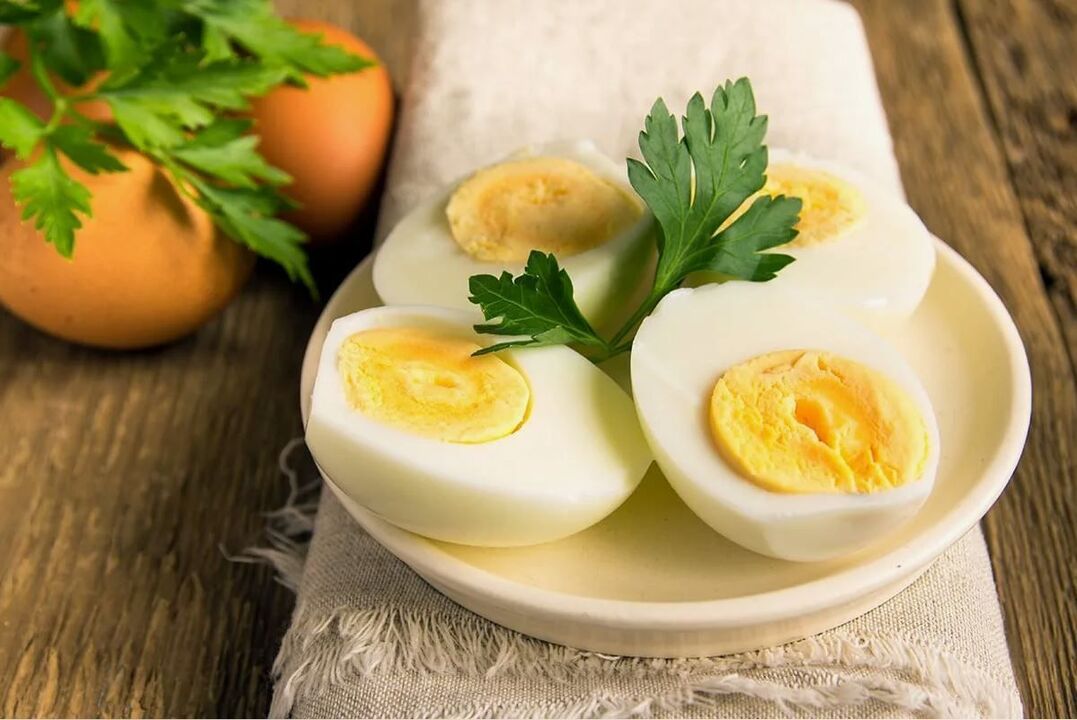 |
|
| number five | Carrot and Lemon Juice |
| Fish + Tomato Juice | |
| Fruit | |
| number 6 | coffee |
| Chicken (up to 500 grams) + carrot and cabbage salad | |
| Eggs + Tomato or Carrot Juice | |
| number 7 | Tea |
| beef, fruit | |
| No changes in dinner, except on the third day. | |
Japanese banana diet
According to a medical representative, whose homeland is Japan, you can lose weight with a banana breakfast. The doctor, who himself has lost weight thanks to his technique, believes that bananas are an ideal product that willHelps satisfy hunger. Water and bananas are the basis of the Japanese banana diet.
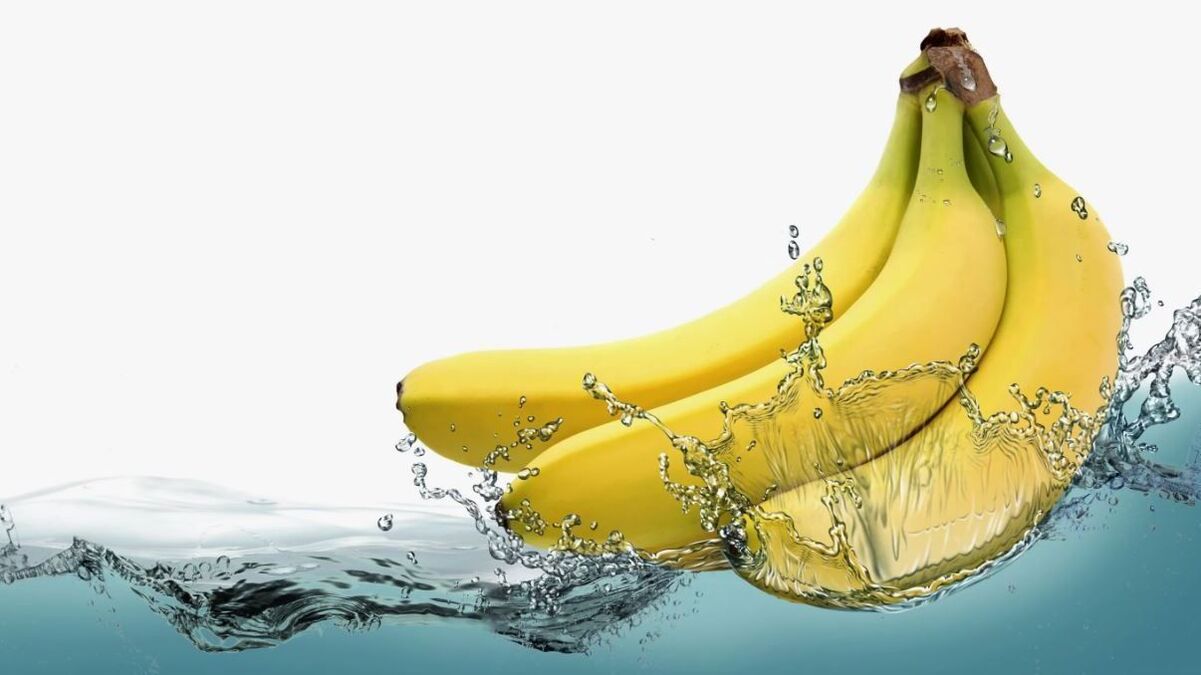
Bananas contain starch, which allows you to maintain a feeling of satiety; Thanks to this product and abundant drinking, the metabolism is accelerated and you can get rid of fat without changing meals during lunch and dinner.
The banana diet, invented by a Japanese doctor, suggests that the breakfast of a person who decides to lose weight should consist of 2 raw bananas and 200 grams of purified water.
Subsequent meal options are chosen independently. Naturally, it is better to avoid sweets and fatty foods. An essential condition is not to eat after 20: 00. When using the technique, withoutLight snacks in the form of sweet fruits are allowed.
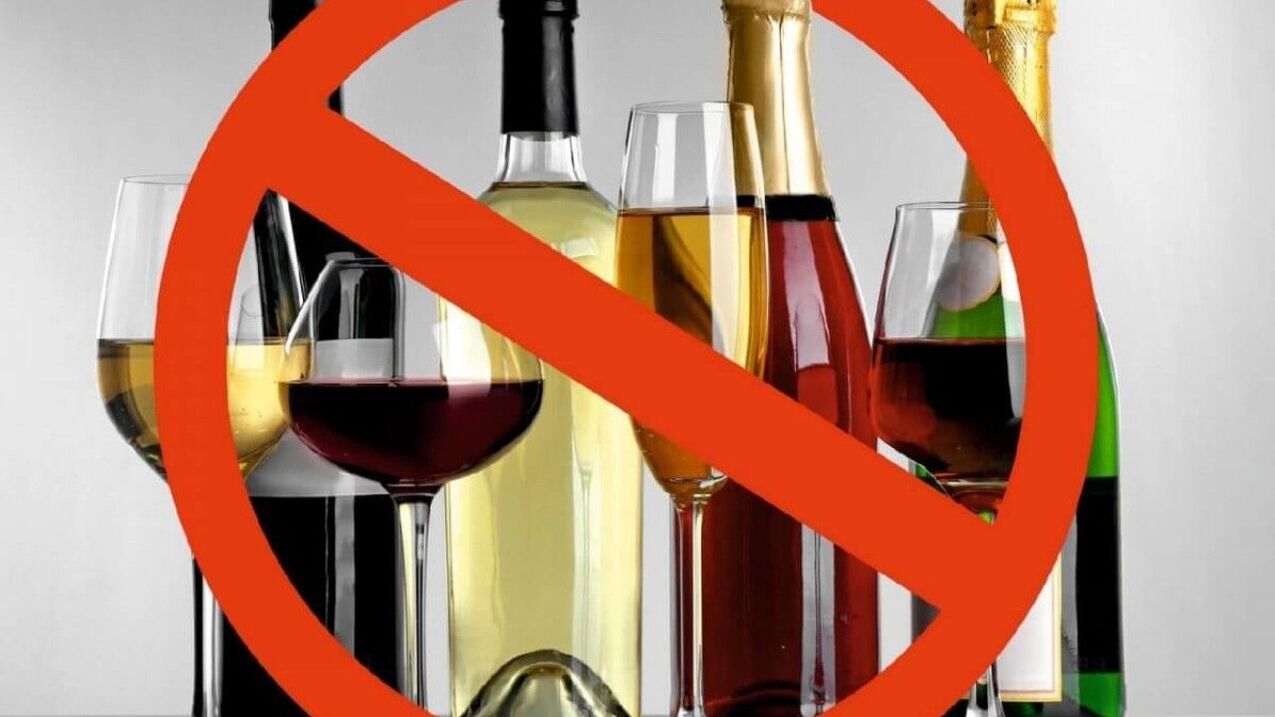
Comment! To achieve maximum effect during the diet, you should not move. It is advisable to go to bed no earlier than 23-24 hours. Dairy products and alcohol should not be consumed. Carbonated sweet water is prohibited, only clean freshWater is allowed.
Japanese water diet
With the help of water, the Japanese treat various diseases (diabetes, migraine, asthma, epilepsy), and also effectively lose weight with the help of this affordable product.
To lose weight, you have to drink 600-620 ml of clean water on an empty stomach, after 40-45 minutes you can eat. Water should be at room temperature. The Japanese water diet should start with 200 ml of water on an empty stomach.
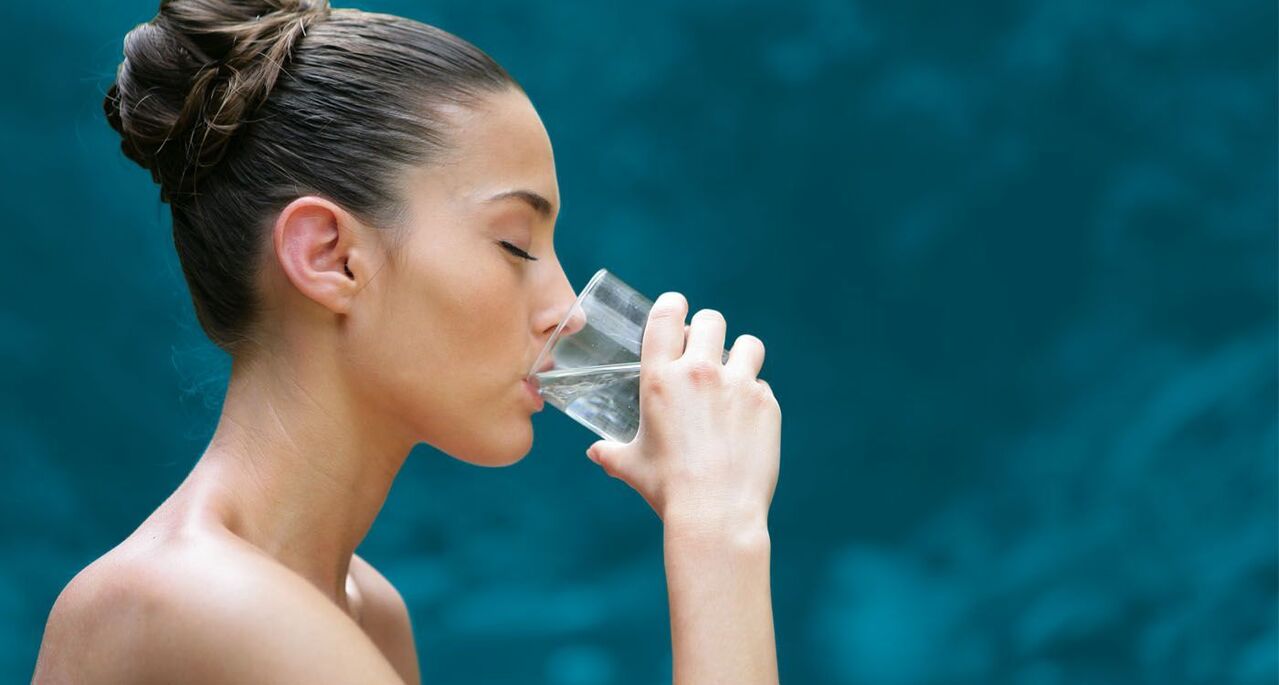
If it is initially difficult to drink the right amount of water at one go, you should start with 200 grams, gradually increasing the dose. It is advisable to practice this drinking technique regularly. An interesting fact is thatIt is advisable to drink water immediately after waking up in the morning, without brushing your teeth.
Advantages and disadvantages of Japanese diet
The undoubted advantage of Japanese nutritional methods is the availability of products and low financial costs. The disadvantages of the diet include the fact that it has a lot of contraindications; It is especially recommended for use by healthy and young people.

During the Japanese diet, the calorie content of foods decreases rapidly; First, there is fluid loss; Some of it will inevitably return when switching to a normal diet.
The diet is quite strict, a breakdown is possible after its expiration, so it is important to carry it out correctly, controlling nutrition for 1 week, so the diet will last not for the stated 2 weeks, but for 3. The system is not suitable for those who are accustomed to eating in small portions, as it implies 3 meals a day.
Is there too much Japanese in the Japanese diet?
Japanese residents, unlike Americans, do not suffer from excess weight, due to the fact that they do not overeat all kinds of hamburgers, pizza, hot dogs and chips. However, Asians prefer light and low-calorie foods. Do, but they do not eat the foods prescribed by the so-called Japanese system.
The diet is called "Japanese" only because it was invented by Japanese nutritionists, and few people know about the banana diet in Japan, but in America it has been incredibly popular for many years.

The Japanese are a fairly slim nation. To make the Japanese diet successful, it is advisable to prepare for it by reducing the total calorie content of foods over about a week. But do not limit yourself too much; This is enough to create a deficit of 10% of your total calorie intake.
To distract yourself while dieting, it is recommended to completely immerse yourself in the oriental atmosphere; For example, you can eat with special chopsticks while listening to musical tunes from Japan. Such psychological techniques will help you stay on track and achieve the desired results.
The Japanese diet is a great way to tighten your figure and improve your health, but do not forget that it is recommended for people who do not have any health problems, and they should not resort to it more than 3 times a year. Should take.
















































































